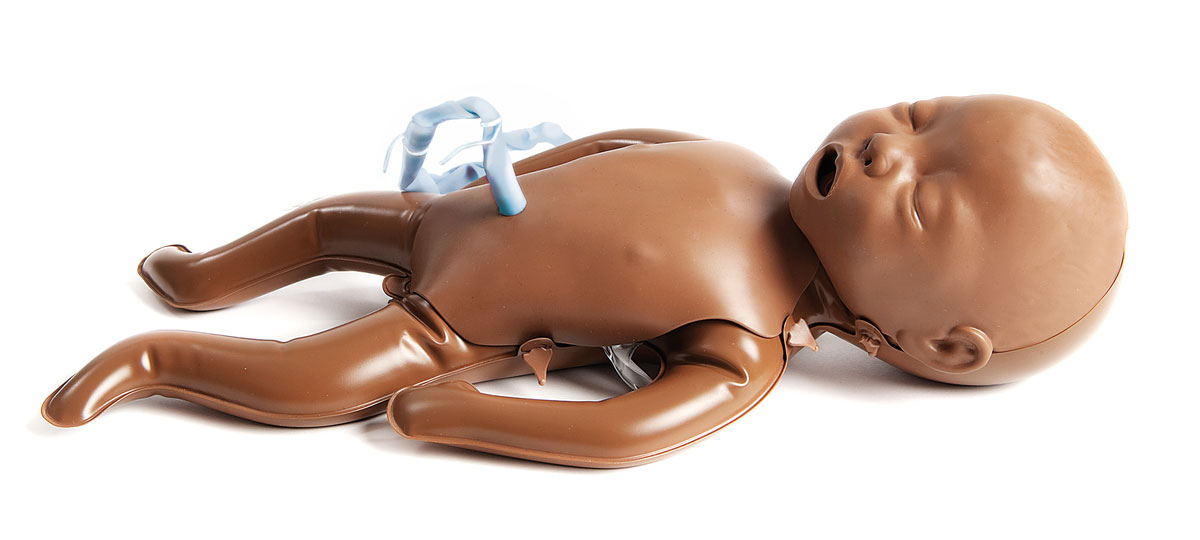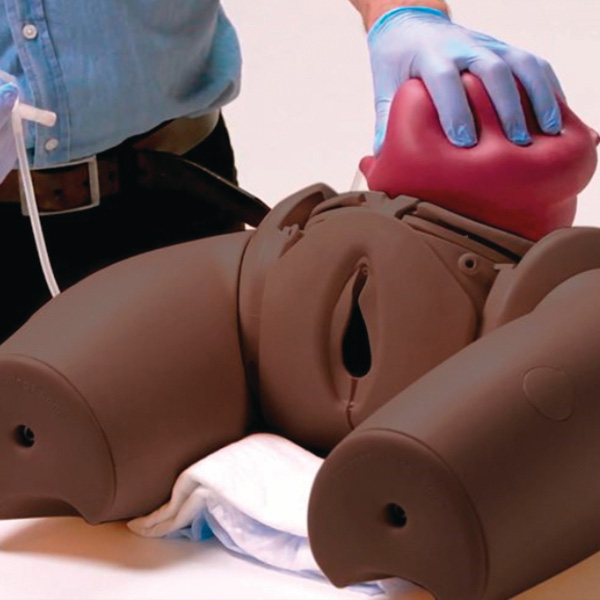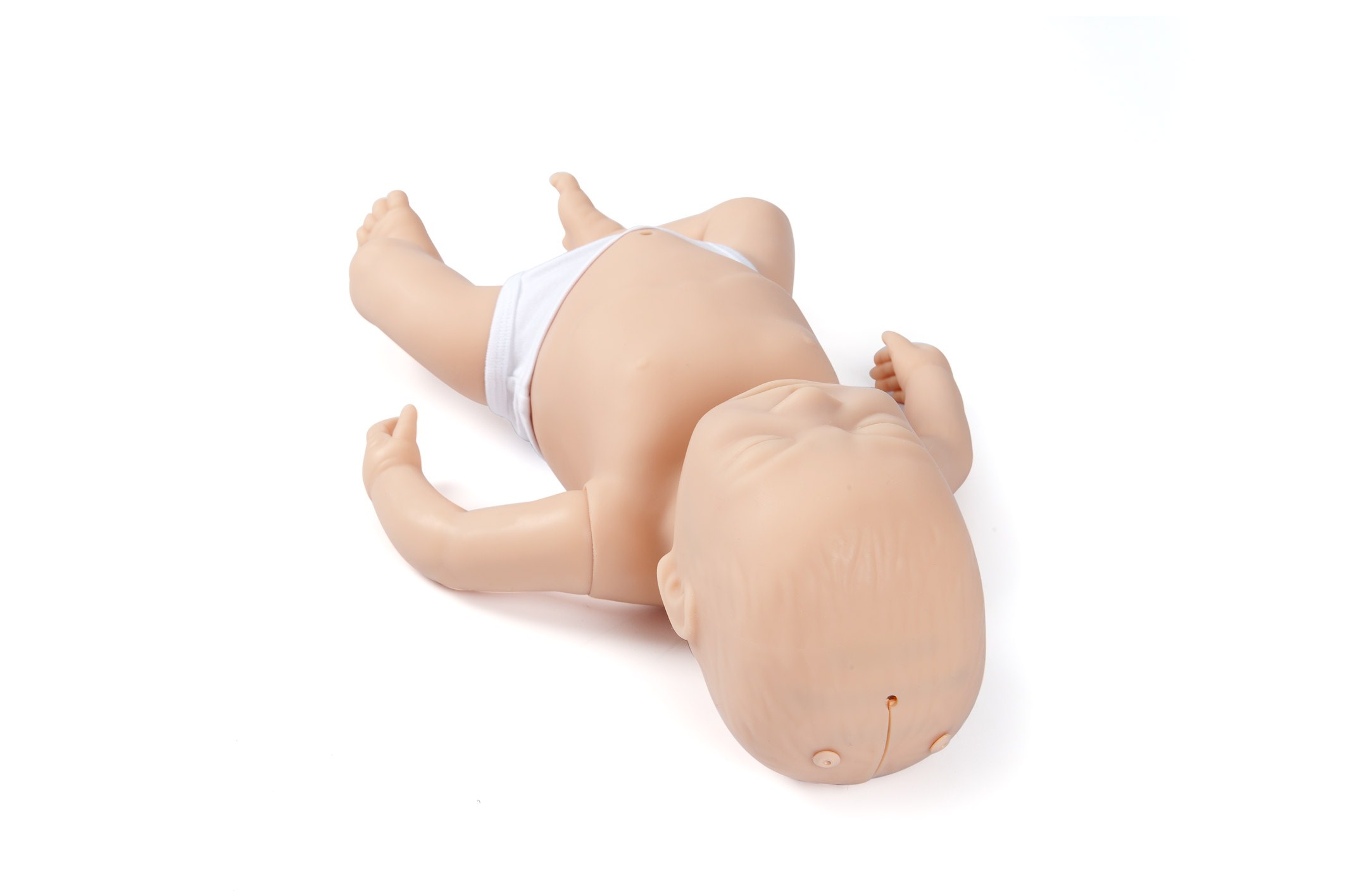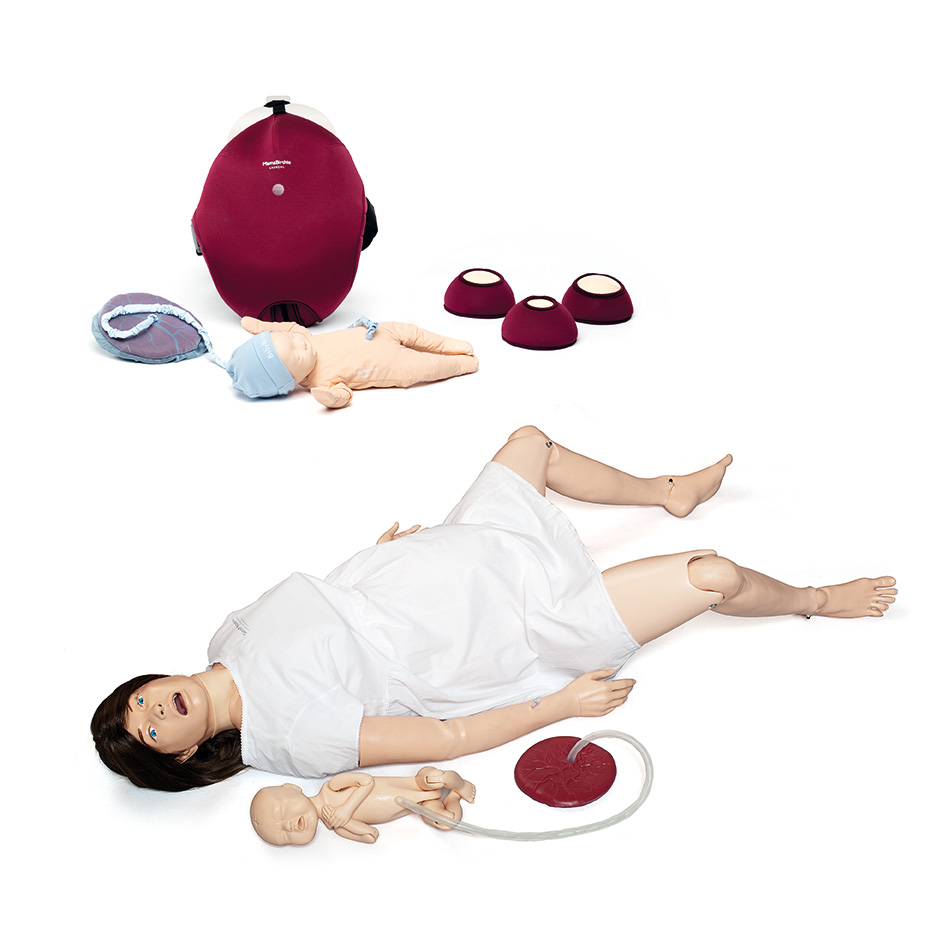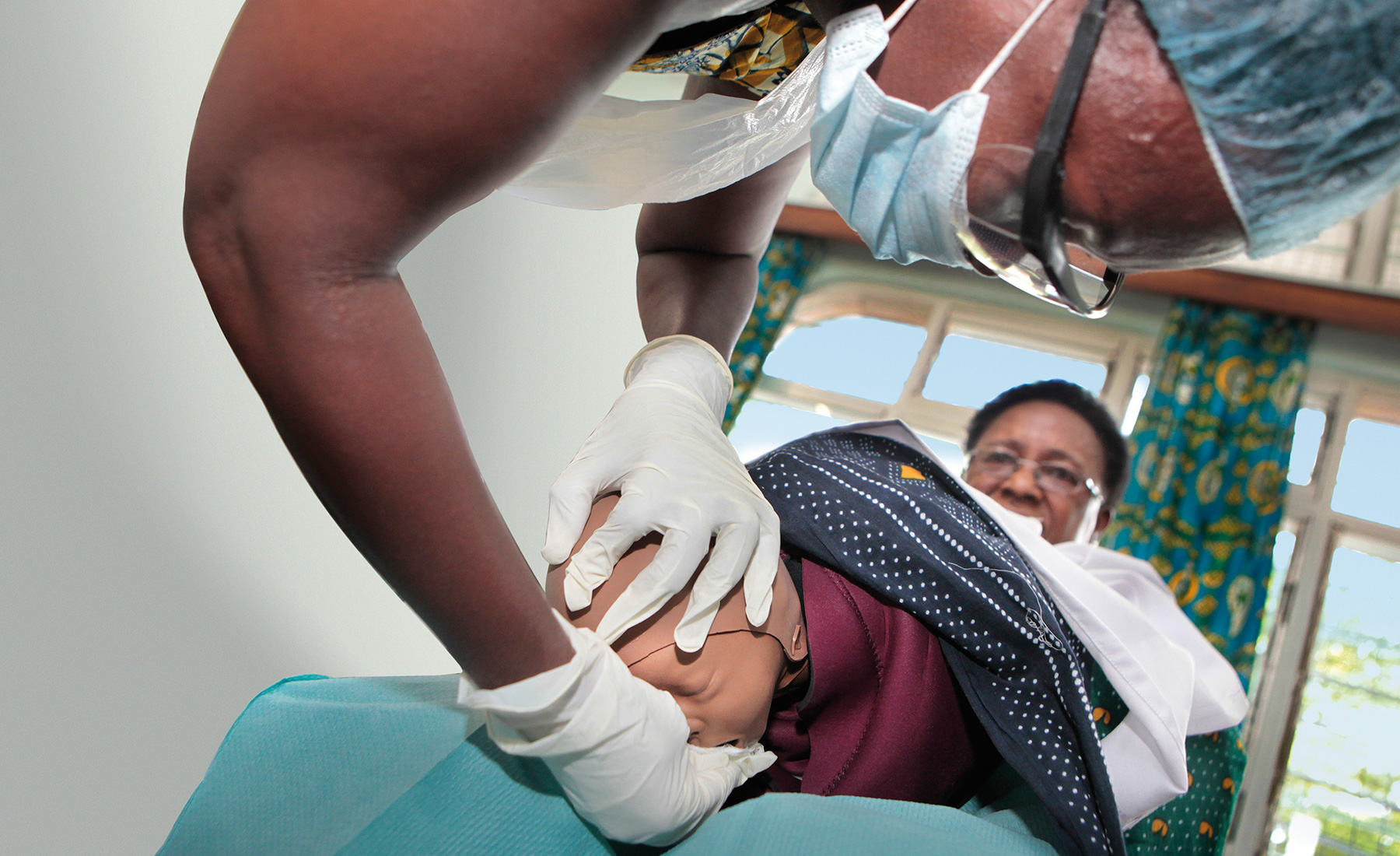
How to Do More with Less in Simulation
In this article, we share how you can transfer Laerdal Global Health’s and its partners' experience in developing countries into your training setting to improve maternal and newborn care.
Pregnancy and birth should be exciting times - celebrating a new family. But statistics in recent years reveal a worrisome trend: the rate of maternal mortality in the U.S has more than doubled in the past few decades.1
This need not be the case. A well-trained staff, working together as a team, can make the difference between a good or bad outcome for the mother and baby. With an emphasis on continuous improvement and training, healthcare providers can be better prepared to recognize and respond when critical events happen.

In this article, we share how you can transfer Laerdal Global Health’s and its partners' experience in developing countries into your training setting to improve maternal and newborn care.

Low-fidelity simulation can provide learners with a wealth of training experience – at minimal expense. In this article we sum up three ways that you can use low-fidelity simulation training to reduce preventable harm to maternal and newborn patients.
The University of Delaware, Maternal Health Simulation Lab ran a postpartum hemorrhage training scenario with their student nurses using MamaNatalie. The goal of the scenario was to evaluate their interventions and teamwork.
See how incorporating a low-fidelity simulator made an impact in their program.
